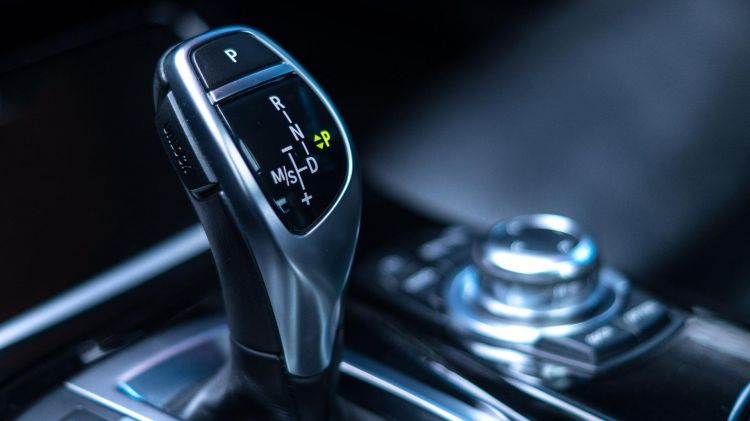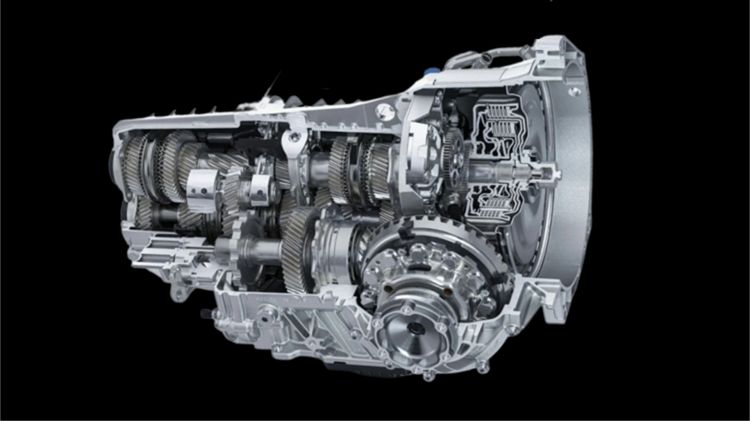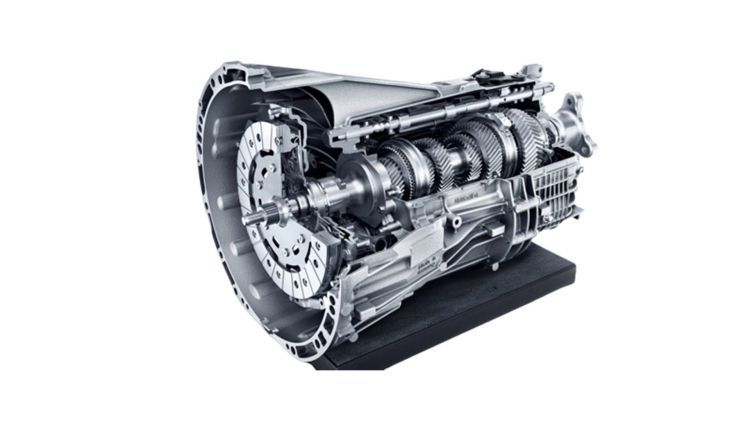For a few years now, I have the feeling that car maintenance has taken a backseat important to its users. I’m not talking about motor fans or petrolheads, but the average user. And one of the reasons is because in most vehicles, recommended maintenance intervals have been extended considerably. We will talk about this problem another day, but today we want to talk about a dangerous “fad”: manufacturers who they claim their gearboxes are maintenance free.
For an average consumer, knowing that a mechanical component of his car – as important as the gearbox – has no maintenance is peace of mind and fewer headaches. The problem is that in many cases, the manufacturer of that gearbox, which is not usually the same manufacturer of the car, contravenes the manufacturer’s instructions and claims that they do have maintenance. Guess who’s right. The gearboxes of a car need valves or automatic gearbox fluid (ATF) to function properly.
Gearbox fluids lose properties with time and use.
In it manual gear case, we are talking about a specific oil that bathes its gears, synchronizers and internal mechanisms. This oil is commonly called valveline, and is usually replaced when the car’s clutch needs to be changed. Some manufacturers specify maintenance intervals between 80,000 and 120,000 km for valve change, but other manufacturers claim their manual gears are maintenance free. For example, the owner’s manual for the Saab 9-3 diesel states that its manual gearbox is maintenance-free.
Does this mean that the shift valve is not subject to degradation and wear because of use? After about 120,000 km without changing the valve, in my last service, it was changed, substantially improving the smoothness of the gearbox. It is evident that the valve requires periodic replacement, but it is also true that an average user, in the average useful life of the car, may not experience mechanical failures because of it. Manual shifts are stout in general, But what about automatics?
All changes have maintenance. Whether manual or automatic.
The ATF for automatic gearboxes It is a hydraulic fluid that works under pressure, and is the one that allows the correct operation of the torque converter, in addition to bathing its gears and internal components. Some car manufacturers advertise that their automatic gearboxes are maintenance-free, while ZF – the manufacturer of the automatic gearbox that these vehicles mount – claims that the ATF maintenance interval is between 80,000 km and 130,000 kmdepending on the change model in question.
When the ATF of an automatic transmission is changed, its filter is usually also changed, and also the gearbox gasket. It’s not excessively expensive maintenance, but it is more expensive than a motor oil change, especially if done with a specialized dialysis machine. Changing the ATF of an automatic transmission is especially important if we want to ensure good system longevity and smooth operation.. And it is vital if we want to avoid very expensive and complex breakdowns – much more than those of a manual transmission.
Oil changes are also vital in dual-clutch gearboxes.
Why do some brands say that their changes are maintenance free?
The reasons are not entirely simple. On the one hand, they try to reduce the cost of maintenance, and offer peace of mind to the average customer. This absence of maintenance can also be used for commercial purposes, as a sales pitch and even. The average customer will have the car for a certain number of years and kilometersand the problems derived from the lack of maintenance will be the responsibility of the following user (or users), who purchase the second-hand car.
However, it is possible that some brands that advertise their gears as maintenance-free will replace ATF for customers who get well above average mileage. The used car buyers They will be the ones who have carried the car for more than 10 years or 200,000 kilometers, and they will be the ones who possibly do not take the car to the official service of the brand because of its higher cost. In a certain way, they do not influence the “reputation” of the brand, and they can attribute their mechanical failures to the previous user of the vehicle.



